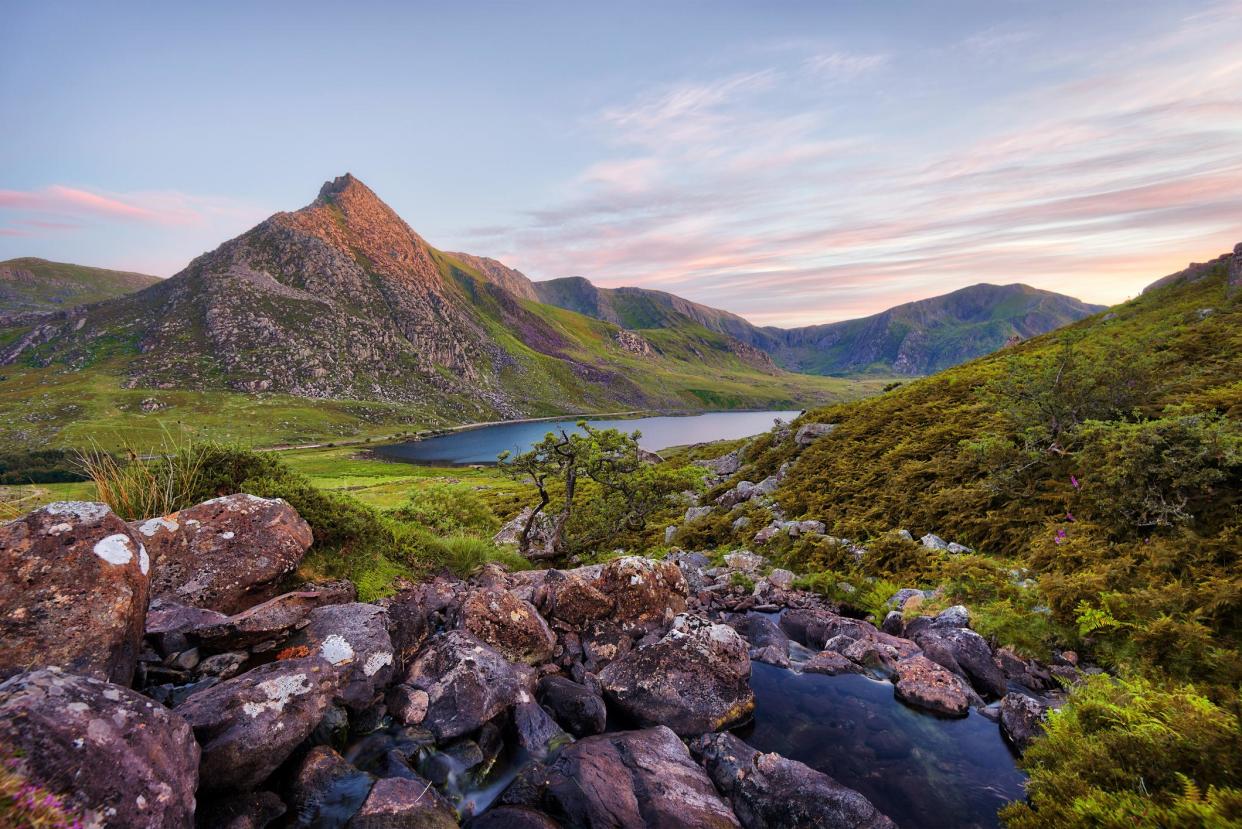UK and Ireland holidays: where can you go, and when?

With quarantine for travellers to destinations outside these islands officially in place until next summer, many holidaymakers are looking at staying within the UK and Ireland this year.
The five nations are opening up to tourism – but all at different speeds. This is the picture right now.
How soon can I take a domestic holiday?
Immediately. The Northern Ireland executive permitted holiday and caravan parks, camping sites and self-catering properties to open in late June, while from 3 July, visitor attractions in Northern Ireland have been able to reopen, along with pubs (with table service only), restaurants, hotels, hostels and B&Bs. But spa facilities at hotels will remain closed.
Tourism also restarted in England on 4 July. Many hotels opened on that Saturday, including the Macdonald group. In north Cornwall, the St Moritz Hotel & Spa reopened all the hotel rooms, self-catering apartments and villas “with all operations in line with, or surpassing, all expected government requirements”.
Attractions also started opening on 4 July, including Blackpool Pleasure Beach and Alton Towers – though the latter says: “Tickets will need to be pre-booked in advance before visiting.”
When will Wales be open for visitors?
Travellers from the rest of the UK have been permitted to enter Wales again from 6 July, while travelling within the country is also allowed again.
Holiday cottages, static caravans and hotels “organised on a self-contained basis” are open for bookings from 13 July onwards.
When can I holiday in Scotland?
The country is allowing self-contained accommodation for use by a single family to open, as well as caravan parks without shared facilities (or where those facilities will be closed).
In terms of other tourist services, it will be the last part of the UK to open, which is hoped to be on 15 July – though Fergus Ewing, the cabinet secretary for rural economy and tourism, calls it “an indicative date from which we hope the sector can begin to operate”.
He said: “This cannot be definitive. The science and health advice must be in the right place.
“The virus must have been suppressed, the test and protect system must be used effectively, and our route map must be on course.”
Will the islands be open?
Some residents of Scotland’s western and northern isles hope not. Donald Macsween, who runs crofting tours on the Isle of Lewis, wrote in The Scotsman: “I think it would be madness to accept visitors into the islands, which could potentially undo the work of the lockdown.
“Anyone seen to be risking the lives of their friends and neighbours, for their own short-term financial gain, would have to live with the consequences.”
But Visit Outer Hebrides called the 15 July date “welcome news for us”.
Jonathan Hinkles, chief executive of Loganair, Scotland’s airline, said: “We will be flying, as we have been, right the way through.
“By September, the vast majority of our routes will be flying again.”
When can tourists stay in Ireland?
Unlike the UK, very early on in the Covid-19 crisis the republic set out a detailed road map explaining that tourism was expected to resume on 20 July, with the offshore islands opening only on 10 August. But the government in Dublin allowed hotels and restaurants in Ireland to open even sooner than previously planned, on 29 June.
What about the Channel Islands?
Tourists have been able to return to Jersey from Friday 3 July, after senators on the Channel Island voted to open its borders to unrestricted travel.
But visitors face a rigorous procedure in order to enjoy the island, which is currently believed to have no active cases of coronavirus.
Arriving travellers will have to register their travel plans in advance, with the Jersey government warning: “Anyone who fails to pre-register can expect to face significant delays when arriving in the Island.”
On arrival, the visitor will expected to produce proof of a negative test for coronavirus, taken within the past 72 hours of arriving in Jersey.
The alternative is to be swab-tested at the airport or harbour.
In this case the incoming traveller will be expected to “limit the time spent away from your accommodation, limit social contact and, where possible, avoid public transport and indoor gatherings”.
If the test result is negative, the arriving traveller will be texted with the result and can continue as normal, providing they follow public health advice.
In the event of a positive test, the island’s contact tracing team will insist on 14 days of self-isolation at a government-run location, and trace recent contacts.
Those travelling to Guernsey are still subject to a mandatory two-week quarantine.
And the Isle of Man?
Flights from Heathrow to the island in the Irish Sea continue, and the first flight for months from London City airport departed on Sunday 21 June to the Isle of Man.
But the island’s state of emergency was renewed on 16 June and will continue in force until 15 July 2020 at the earliest.
Anyone arriving must be in possession of a letter of exemption issued by the government chief secretary, which tourists are unlikely to have.
Non-exempt travellers “will be refused entry and will be required to return to their point of origin at their own expense,” says the government.
Read more
When can Britons go on holiday again and where can they go?
Over £22bn to be wiped from domestic tourism industry due to pandemic
UK advises against all foreign travel in unprecedented blow to tourism

